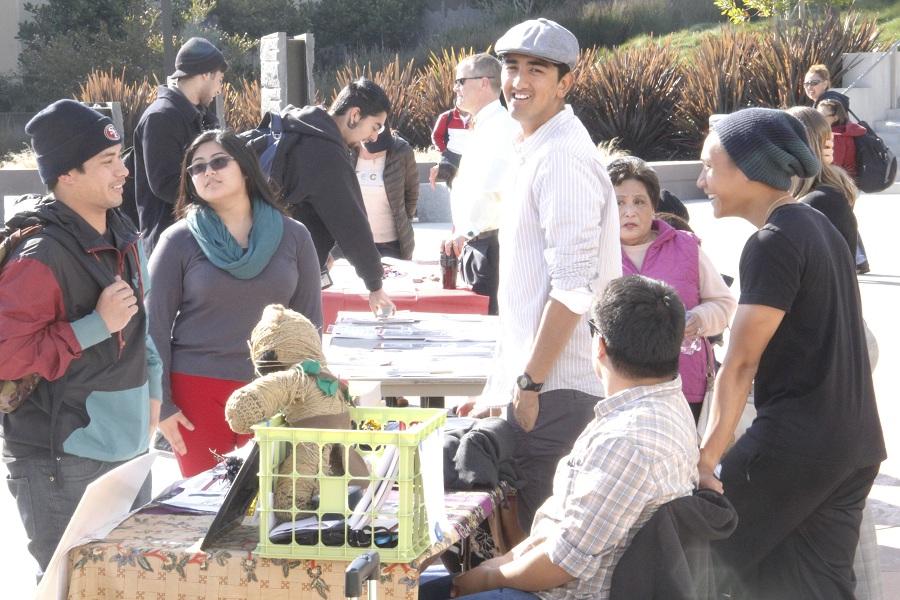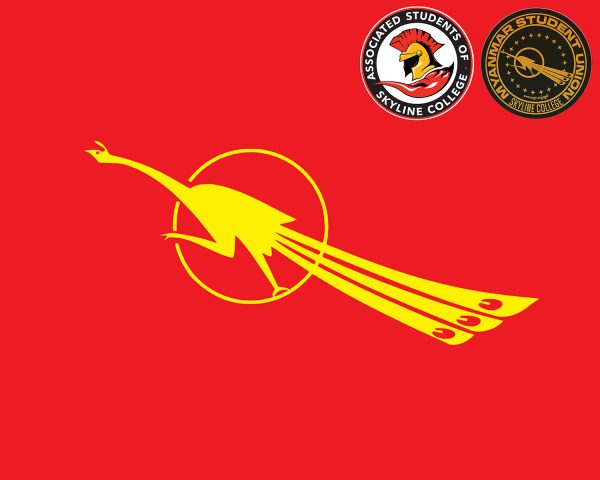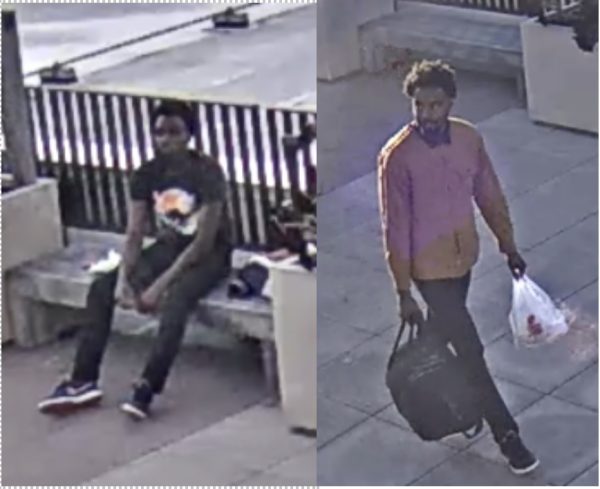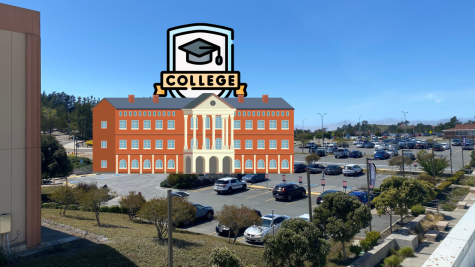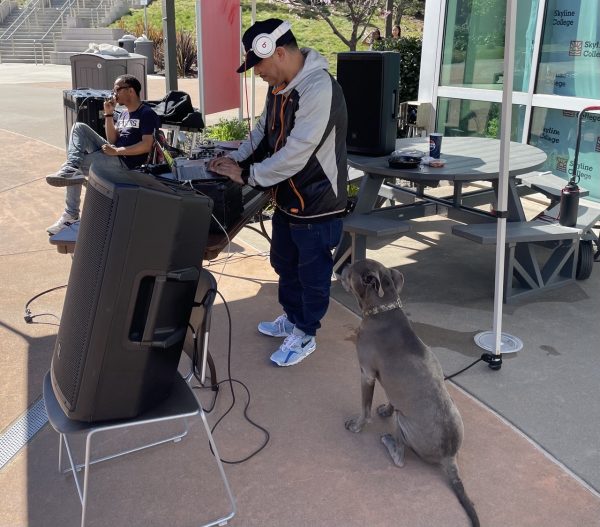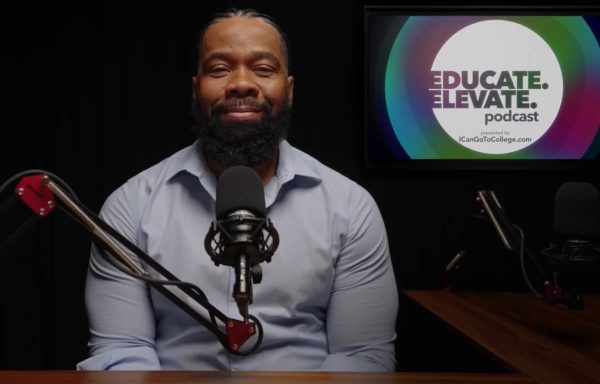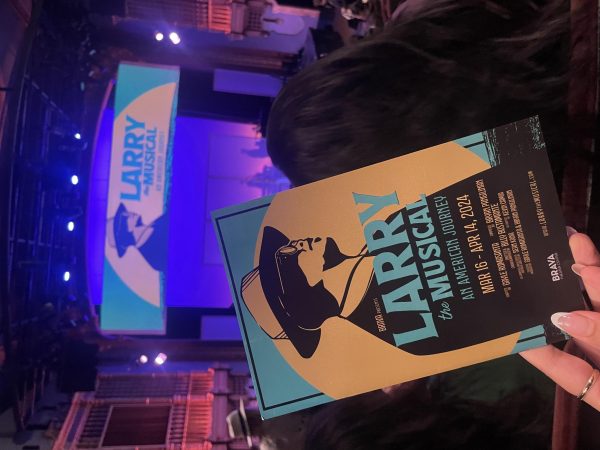2013 Skyline Academic Fair
Photo by Will Nacouzi/The Skyline View
Lorenzo Finau-Cruz (third from right), a member of the Kabayan Program at the table talking with students during the fair about the program.
A number of academic clubs and school facility coordinators gathered in the quad to make themselves available to Skyline students passing from class to class.
The groups gathered ranged from The Honors Transfer Program to The Puente Project. With representatives either from Skyline’s faculty or student body present, there were plenty of opportunities for students to interact with the assembled groups and learn about the programs being offered.
The Honors Transfer Program, represented by Professor John Ulloa, is a program aimed toward preparing Skyline students for life after community college, when students will be transferring to a four year university to pursue their chosen degrees.
Ulloa, a Professor of History and Anthropology, stressed that the program is inclusive rather then exclusive, citing that all students are welcome to join the program and that it is not aimed specifically at honor students. Ulloa hopes that students will lose any preconceived notions of honors and what that means and apply for the program if they are interested.
“The program is designed to provide students with opportunities to maximize their potential with other like minded students,” Ulloa said.
The Kababayan Program was present at the fair and was available to answer numerous questions from a curious student body. Lorenzo Finau-Cruz, a member of the program, explained that a common misconception of students is that the program is exclusive to Filipinos.
“[You] don’t have to be Filipino to join,” Cruz said.
Cruz went on to explain that the program helped him to break out of his shell and and that, while he was a bit of an introvert while in high school, the connections and friendships he’s made via the Kababayan program helped him to open up more as a person. According to Cruz, one of the goals of the program is to help students graduate, have fun, and make connections with other groups and people.
“[It’s] a good way to get in touch with [a student’s] culture, and get farther in life after you graduate,” Cruz said. “You’ll meet people that will help you after you graduate.”
The program periodically takes part in cultural events in and around the bay area, such as the “Filipino Heritage Night” on Nov.16 when the Golden State Warriors play against the Utah Jazz, as well as the “Parole Stroll” taking place soon at Yerba Buena.
The African-American Success Through Excellence and Persistence Program (ASTEP) was represented by Theda Lewis and Lisandro Gomez.
“ASTEP is a support based program [aimed at] helping students to succeed,” According to Lewis.
“[ASTEP] allowed me to develop not only as a student but as a person,” Gomez said. “Not only through different cultural experiences, but educational experiences.”
Along with The Center for Innovative Practices through Hip Hop Education & Research (CIPHER), ASTEP will be hosting the “Hip Hop Wars,” a multimedia presentation created by Dr. Tricia Ross. The presentation focuses on how black popular culture has been influenced by corporate consolidation and the importance of popular culture for society as well as democracy. “Hip Hop Wars” takes place Nov.14 from 12 p.m. to 1:30 p.m. in the building one theater on campus.
The Puente Project, a two semester program that helps students with the transferring process as well as immersion into Latino history and culture, was present at the event as well. The program, which requires students to be enrolled in both English and Counseling courses, also takes members to various college campuses, including Sonoma State University and University of California at Davis.
Daniel Alvarez, a member of the program, mentioned that while in the program you will talk,write and sleep Latino culture. Tatiana Portillo, another member of the program, was quick to mention that you don’t have to be Latino to join.
Larry Martinez, who works with prospective members of the Puente Project, explained that students who are in English 828 and want to join the group are put into an “SI Program,” or Supplemental Instruction Program that focuses on essay writing and has a deeper class interaction between students then what’s found in most classrooms.
Some students who viewed the event in passing were unimpressed with the overall layout and structure of the event.
Jessica Chavez, a new student to Skyline, blamed her disapproval on a lack of visual appeal.
“I think it’s boring. I think it’s sad,” Chavez said. “Doesn’t make me wanna go up and say ‘hey what’s this?’ It sounds so boring. You should make it sound more interesting.”
Jessica Ledesma, another first time Skyline student, was similarly unimpressed with the layout of the event.
“Absolutely nothing here is eye popping,” Ledesma said. “Reminds me of high school, and I hated high school.”
While some students didn’t take advantage of the event there were many more that did. Of students who took the time to speak with the fair’s representatives, the common topic of discussion was that of transferring. Marvin Beltran, a current student, is looking towards a field in computer engineering.
“[I] want to transfer after I get my associates degree,” Beltran said.
Erianne Agbayan wants to transfer to The Juilliard School, a conservatory of the arts located in New York, to study music. When asked what she will do if the Transfer Center can’t help with the transfer to a conservatory, Agbayan hopes that they’ll be able to help her get into an “in between school.”



